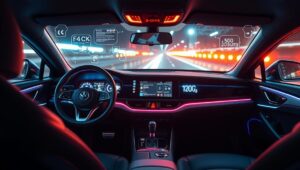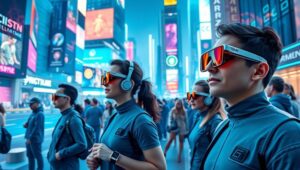Computing for Climate Modeling and Prediction (2025 Urgency)
Computing for Climate Modeling and Prediction (2025 Urgency) Climate change is one of the most pressing challenges facing humanity. Addressing this challenge requires accurate climate models and predictions, which in turn rely heavily on advanced computing resources. As we approach 2025, the urgency for improved climate modeling capabilities is greater than ever. This post explores the critical role of computing in advancing climate science and the computational demands that must be met. The Role of Computing in Climate Modeling Climate models are complex simulations that represent the Earth’s climate system, including the atmosphere, oceans, land surface, and ice. These models












